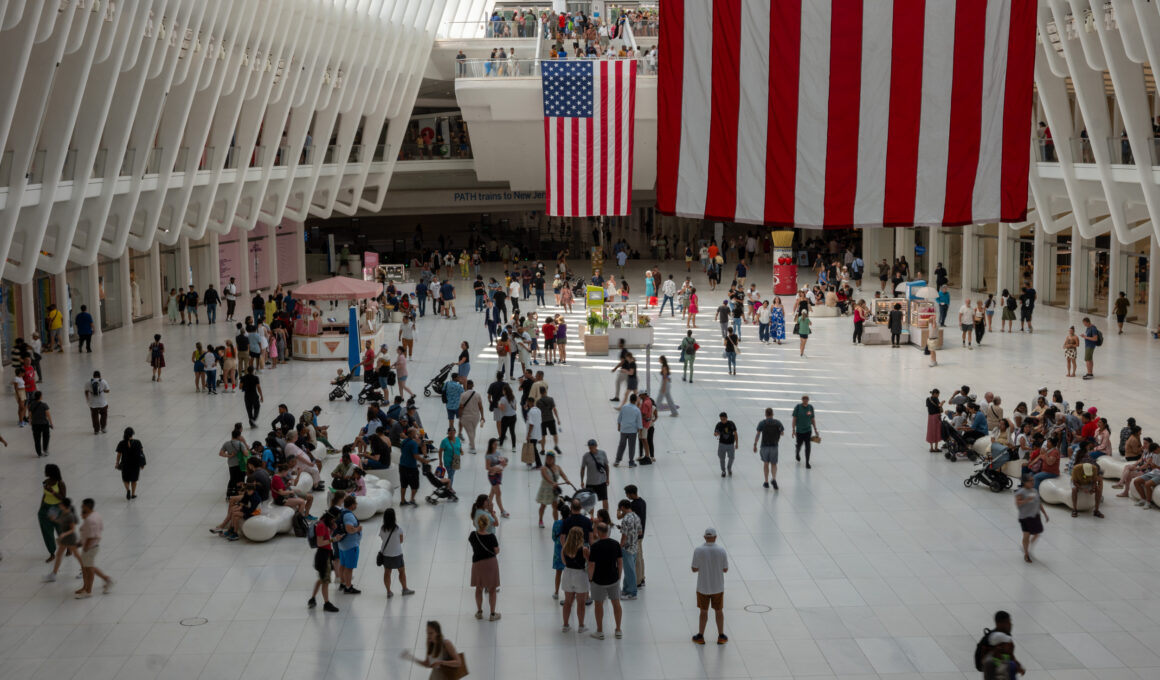A cooling labor market is raising concerns that the U.S. economy might be heading toward a recession after all this year, instead of making the soft landing projected by most experts.
Housing expert and journalist Lance Lambert shared data from the U.S. Bureau of Labor Statistics on Tuesday showing that the country’s labor force growth has slowed down and unemployment has risen over the past 12 months.
Usually before a recession…
-Labor force growth decelerates
-Unemployed counts riseWe’re seeing both right now
Chart via @ResidentialClub pic.twitter.com/xow2rW5eCv
— Lance Lambert (@NewsLambert) August 13, 2024
These are two trends that are usually observed before a recession, he wrote on X. “We’re seeing both,” Lambert said. “The pandemic/post-pandemic economy is unique in many ways,” he added in another post. “But if economists are going to tell us to disregard many traditional recession indicators, then it’s fair to ask them what economic data would they need to see roll over in order to be concerned?”
Data compiled by Lambert for ResiClub found that, over the past 12 months, the size of the U.S. labor force grew by 1,316,000; during that same period, the number of unemployed workers increased by 1,259,000.
The latest data from the U.S. Bureau of Labor Statistics showed that the U.S. unemployment rate rose to 4.3 percent in July—its highest level since October 2021— while the U.S. economy created only 114,000 jobs, the second-lowest monthly gain in more than four years.
A slower gain was only reported in April 2024, when only 108,000 jobs were created. On top of that, the United States Department of Labor dramatically revised June’s job growth figure to 179,000 from the 205,000 job gain initially reported.
These numbers came right after the Federal Reserve decided to hold interest rates steady in a range of 5.25 percent to 5.5 percent instead of voting on long-awaited cuts.
Fears of a sudden downturn of the U.S. economy, the world’s largest, caused a sudden plunge of the stock markets early this month, with the Nasdaq index dropping by more than 2.4 percent on Friday, August 2. On the same day, the Dow Jones Industrial Average also slid 1.5 percent, and the S&P 500 ended 1.8 percent lower. While the stock market has since stabilized, Wall Street still appears fearful of a potential recession.
Despite signs of cooling, most experts think that the U.S. labor market is not necessarily deteriorating, and the current slowdown might be in line with a soft landing.
“The market’s worry with the unemployment rate is that historically, once it begins rising, it tends to keep rising,” Rob Haworth, senior investment strategy director at U.S. Bank Wealth Management, said in a news release. “Still, when taking a more historical view of the unemployment rate, a number in the low 4 percent range is still quite favorable.”
Fed Chair Jerome Powell told reporters on July 31 that changes in the labor market were “broadly consistent with a normalization process.”
Morgan Stanley experts said they still expect a soft landing rather than a recession, as they project the Fed to cut interest rates three times in 2024, starting in September.
Not everyone has such a positive outlook on the situation. Gary Shilling, the financial analyst who correctly predicted the financial crisis of 2007 to 2009, previously told Newsweek that he believes a recession will hit the U.S. in the coming months.
“Leading indicators indexes burn down for months, and it’s an invariable forerunner of recessions,” Shilling said. “An inverted yield curve—and it has been inverted for months—is also an unfailing indicator.”
On top of this, Shilling added, there are two more signs that a recession might be in the cards—the Fed’s reluctance to cut rates and a slowing labor market.
“If you look at wage increases and other indicators, labor markets are atrophying,” he said. “Until the Fed eases, we won’t really know for sure whether it is a soft landing or not,” he added. “But I don’t think that’s going to be the case.”







